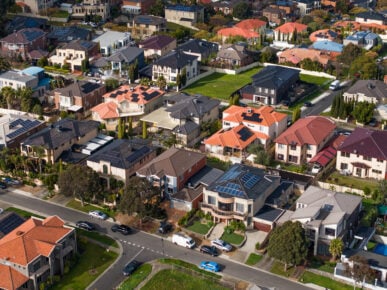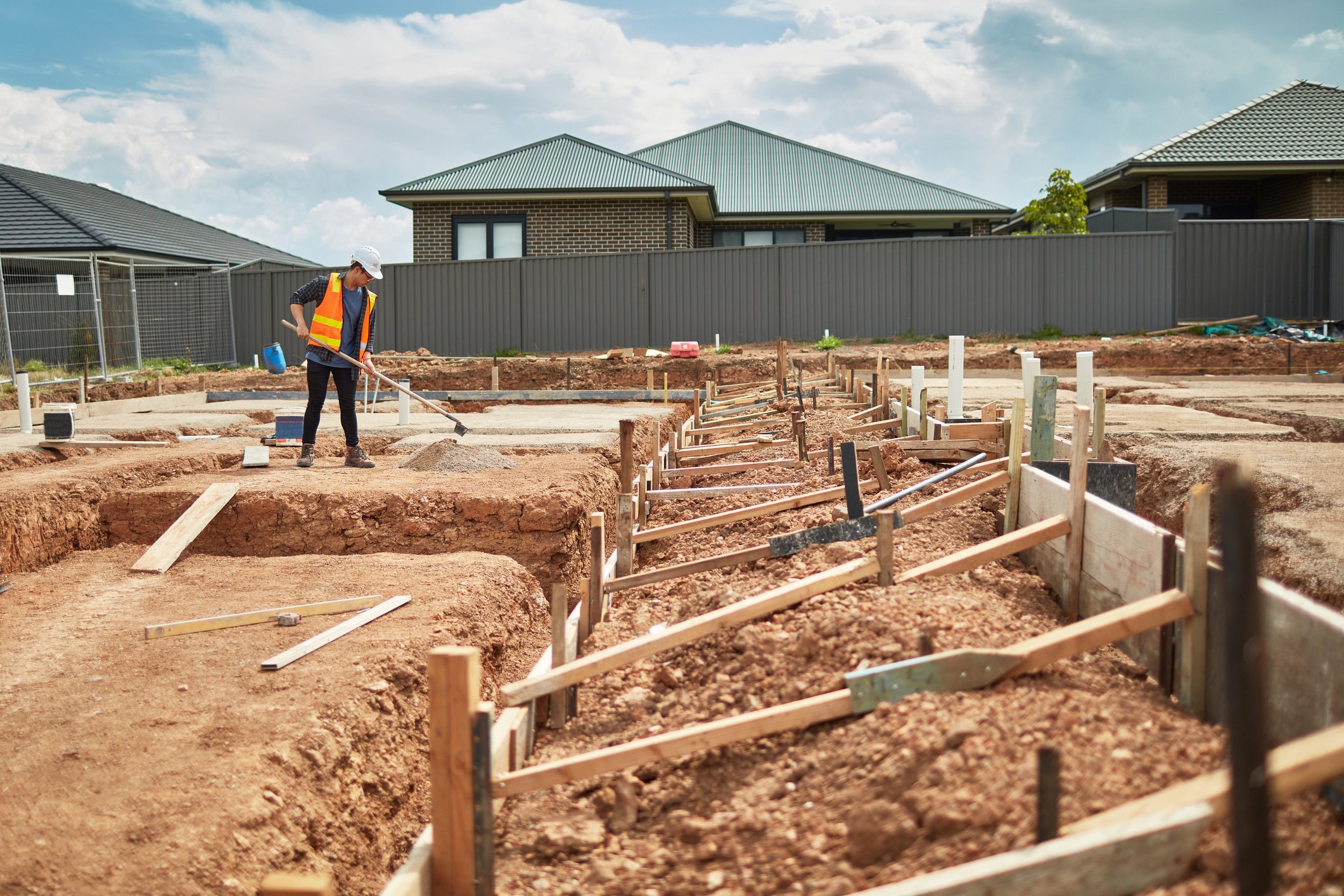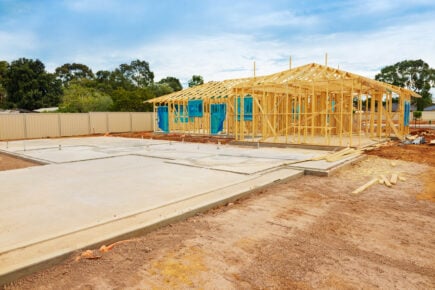House and land packages can sometimes outshine established homes in affordability. However, the devil lies in the details, as the buyer will need to unravel the intricacies of pricing, including home size, block dimensions, house type and extra inclusions in addition to registration and loan fees and stamp duty. So, knowing how house and land packages work is key.
This guide to home and land packages will help you navigate the intricate process, ensuring clarity and illuminating the path toward your dream home or investment.
What is a house and land package?
A house and land package is a real estate offering where property developers acquire sizeable plots of land, dividing them into smaller portions that are sold along with the commitment to construct a house on each parcel.
House and land arrangements streamline the process of buying a house, providing an alternative to separately purchasing land and hiring a builder.
Types of packages
Two primary types of house and land packages are turnkey packages, offering move-in-ready homes, and standard packages, allowing more customisation but involving land purchase first.
Both scenarios involve collaboration between the builder and developer, where the first is responsible for the construction of the home, and the second assumes responsibility for finalising adjacent roads and additional infrastructure.
Timeline and costs
Not all house and land packages are created equal. A typical house and land package may take six to 12 months for completion post land purchase and design approval. You can fast-track your journey with builders on registered land, where groundwork and surveys are already sorted.
What’s wrapped into the cost varies across builders. While some sweeten the deal with driveways, fencing, and landscaping, others might leave these essentials on your to-do list. Some builders shatter the mould by offering several customisable options for buyers to choose from. Ideally, you will know what you are buying, have ample design choices and, hopefully, less maintenance than with an established home purchase.
» MORE: Costs to know when buying a house
Pros and cons of house and land packages
Pros
- Can be turnkey or customisable.
- Registered land can fast-track building.
- May be eligible for stamp duty concessions.
Cons
- Longer time to move in than with an existing home.
- Prone to unexpected delays and costs.
- Master-planned estates may have some design restrictions.
How to find a reliable developer
There are more than 3,300 real estate developers in Australia offering hundreds of house and land packages across the continent. Websites such as domain.com.au, realestate.com.au and productreview.com.au feature information about new house and land releases, advertisements and reviews of property developers and builders.
It is important to do your research as development companies regularly face financial difficulties due to increasing labour and material costs. OpenLot offers a comprehensive ranking of developers Australia-wide.
How does house and land finance work?
Financing a turnkey package is relatively straightforward — it is similar to a standard home loan with around a 20% deposit requirement. For those open to lenders mortgage insurance (LMI) or Home Guarantee Scheme options, deposits as low as 5% (or 2% with Family Home Guarantee single parent eligibility) may be feasible.
Conversely, financing a standard package involves two components: securing a land loan for the vacant block, typically requiring a 20% deposit, and obtaining a construction loan for the home.
Land loans
A land loan is designed for purchasing undeveloped land with the intent of building a house or holding the land as an investment. The vacant land itself serves as collateral for the loan.
However, due to perceived risks like fluctuating land prices and potentially longer selling times, lenders may impose stricter conditions. This may include larger deposits and, in certain instances, higher interest rates.
Construction loans
Construction loans differ from standard home loans, usually featuring interest-only repayments during construction, with principal repayments starting post-build completion.
This type of home loan provides funds to pay your licensed builder incrementally throughout different stages of the building process, commonly known as ‘progressive drawdowns’ or ‘progress payments’. Instead of receiving the entire loan amount in a single lump sum, you receive instalments as construction advances through various stages.
Government incentives for house and land package buyers
Buying a house and land package comes with a stamp duty incentive. Namely, while a person buying an existing home pays stamp duty on land and building, house and land buyers are liable only for stamp duty on the value of the purchased land.
Buyers should explore existing State or Territory incentives, such as grants for first home builders, known as First Home Owner Grant (FHOG), and Federal programs like Help to Buy, offering higher equity contributions for new homes compared to existing ones, to help them with their house and land package.
The First Home Super Saver Scheme (FHSS) scheme enables you to save for your initial home by making voluntary contributions (both before-tax concessional and after-tax non-concessional) into your super fund. Once you meet the eligibility criteria, you can apply to release these voluntary contributions (along with associated earnings) to assist in purchasing your first home. You can request the release of a maximum of $15,000 of voluntary contributions from any given financial year, up to a total of $50,000 across all years. Changes to the government’s FHSS scheme will apply from September 2024.
DIVE EVEN DEEPER

How ‘Rent To Own’ Home Schemes Work
Rent-to-own schemes are advertised as an easy way to get into the property market, but the risks may not be worth the benefits.

First Home Buyer Tips: 5 Mistakes To Avoid
Enlisting early help from a lending professional, doing neighbourhood-level research, and factoring ongoing costs into your budget are some key tips for first-time home buyers to consider.

Townhouse vs. House vs. Apartment
Deciding to purchase a property is a big decision. As you weigh your options, comparing townhouses, apartments and houses can help guide you in the right direction.


